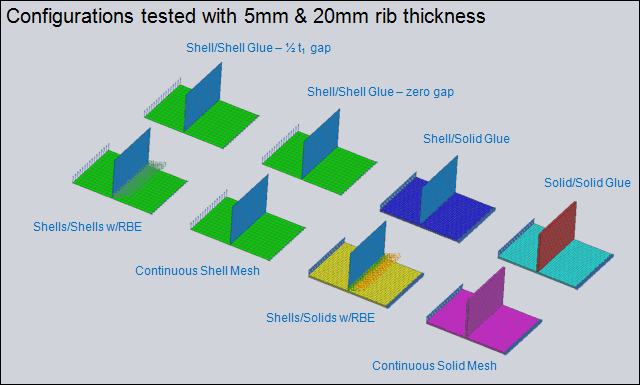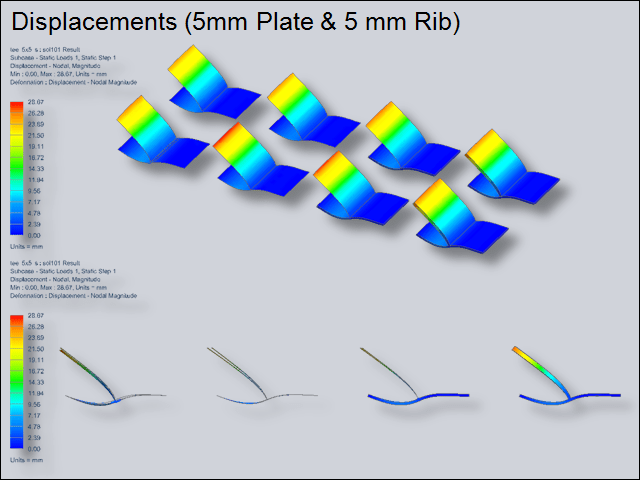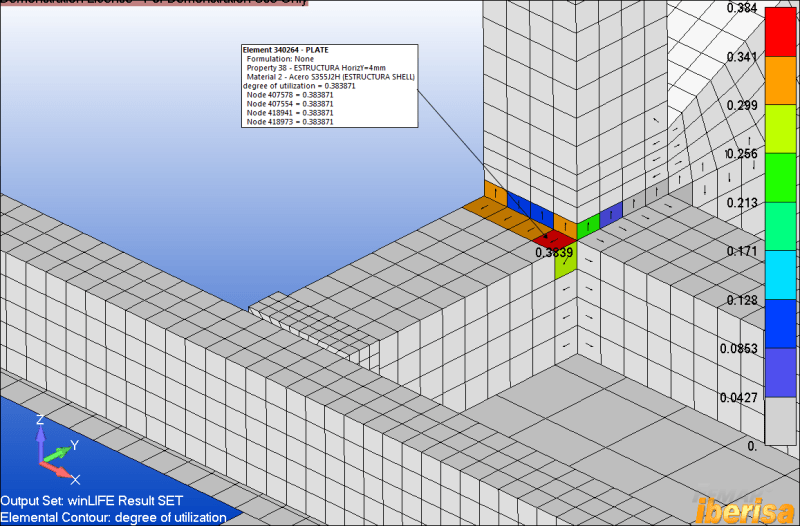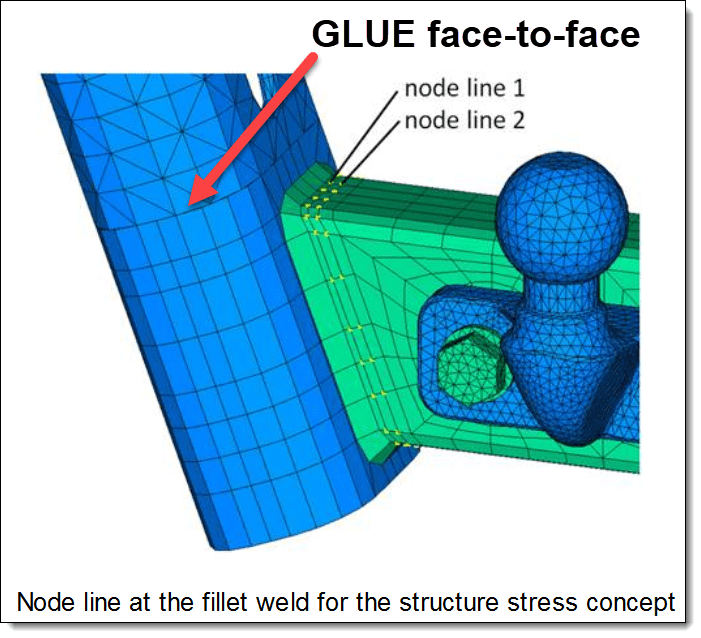Sivadas5791
Automotive
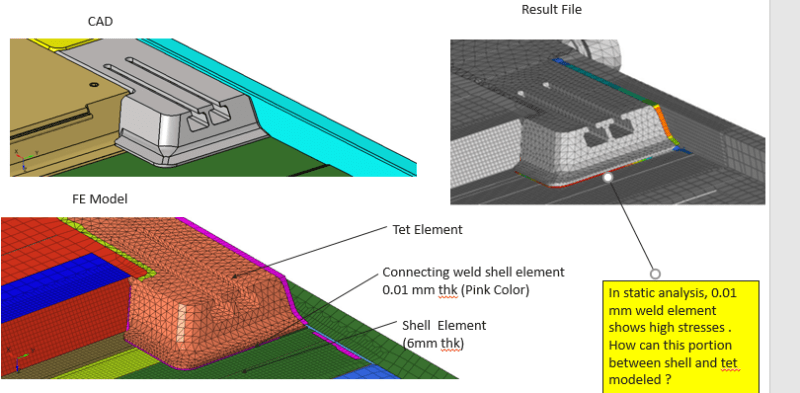
Please help with suggestions to model the connections between shell and solid.
Follow along with the video below to see how to install our site as a web app on your home screen.
Note: This feature may not be available in some browsers.

